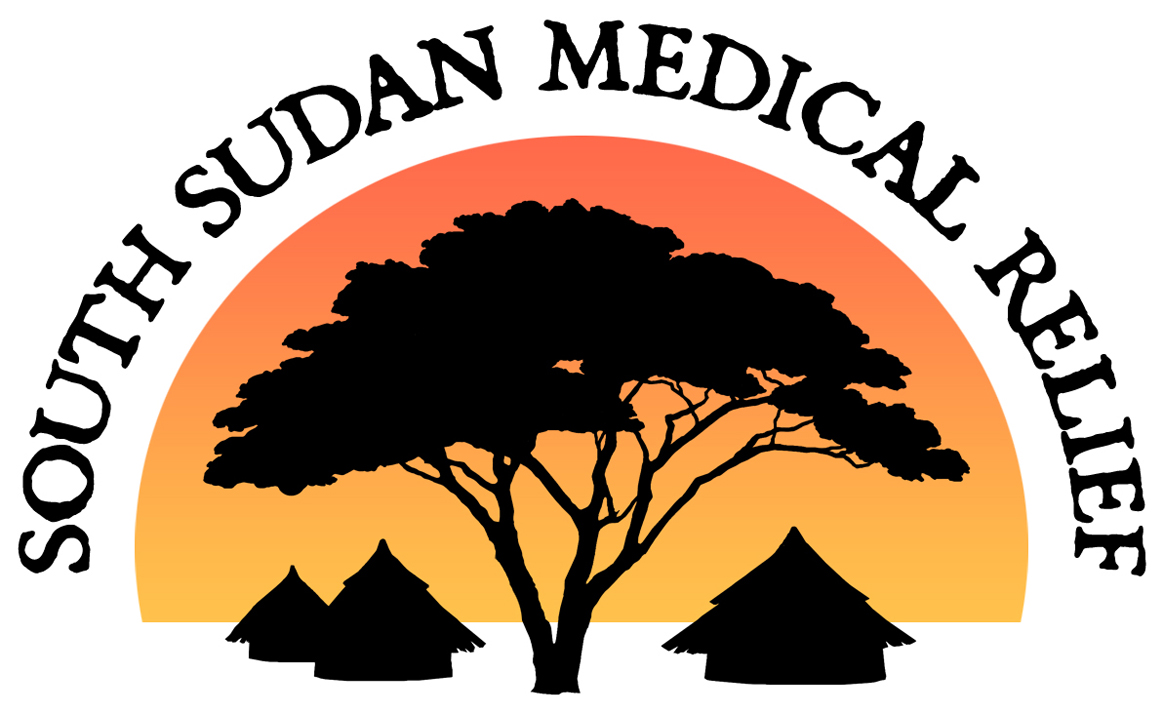Our History
South Sudan is located in Northeastern Africa. Seasons are defined by dramatic differences in rainfall that occur between the wet and dry seasons. Learn more about the history of our project in South Sudan below.
A Medical Project in South Sudan
South Sudan, in Sub-Saharan Africa, has been plagued by armed conflict. Civil war between the black Africans of South Sudan and the Islamic regime in North Sudan re-ignited in 1983. The Nuer people, semi-nomadic cattle herders, became a casualty of this civil war. Disease and famine are commonplace. Most of Nuerland has essentially no infrastructure - no markets, no cash economy, no transportation save your own feet, and especially no established educational or health care services.
Jill Seaman, MD, and Sjoukje de Wit, RN, have worked with the Nuer since 1989 and 1993 respectively. They helped establish TB treatment in the West Upper Nile region of Sudan under the auspices of the non-government organization (NGO) Doctors Without Borders (Medecins Sans Frontiers, or MSF). MSF closed this program when security risks became overwhelming. The Nuer, however, could not escape. TB became one of their most lethal infectious diseases. They begged medical workers to return. Since no NGOs were willing to start treatment in such an unstable war zone, Ms. de Wit and Dr. Seaman with financial and moral support from their friends re-entered the area in July 2000.
Sudan is located in Northeastern Africa. (Lanken is half way between Malakal and Bor and to the east, and Keew is half way between Malakal and Bor and to the west.) It is Africa's largest country - about one quarter the size of the United States. Seasons are defined by dramatic differences in rainfall that occur between the wet and dry seasons. See map
In the first year they treated 291 patients in the village of Lanken. This program was so successful that MSF was eager to take it over in 2001, leaving Seaman and de Wit able to move on to Keew. In 2001-2002, they treated 193 patients with 96% completing therapy! In Lanken, MSF also completed a successful TB project. MSF used the South Sudan TB Project’s data, with extensive input from Dr. Seaman, to report that TB treatment in South Sudan is not only possible, but highly effective. While the possibility of treating this lethal disease brings hope to those isolated in Sudan, sociopolitical events darken the picture. Since the discovery of oil under the traditional lands of the nomadic Dinka and Nuer tribes, war has only escalated. The government of north Sudan, which wants land open for oil extraction, keeps civilians on the run.
The 50,000 inhabitants of our catchment area had never had TB treatment available before. Some walk for days, or carry those too weak to walk, to get to the treatment center. Local political leaders and health workers volunteer their time, effort, and good will to make this program successful.
TB continues to be one of the top infectious killers in the world today. In Sub-Saharan Africa, approximately 300 per 100,000 are sickened annually by this disease. Good incidence data for a semi-nomadic pastoral tribe in a war zone is difficult to obtain, but we have several indicators of concern. One study shows a prevalence of more than 600 per 100,000 population with active TB, in an area without access to treatment. Another data set, with very small numbers, shows a phenomenal infection rate, with 65% of the 4 -10 year old children having a positive skin test for TB. Probably the most reliable indicator is the persistence with which the local people ask for TB treatment.
While 20% or more of our patients suffer from spinal TB (a rather uncommon variant of the disease that often leaves its victims unable to walk), there are elements of hope. We have not seen many HIV infections, which makes the TB situation easier to address. This year more than 96% of the patients completed their four months of daily therapy, with staff watching as each pill was swallowed.
The impact of treating TB extends much farther than treatment of one person. Untreated TB is usually either debilitating or fatal. Every person with pulmonary TB is said to infect 10-14 people a year. Where famine occurs regularly, a disabled parent often means starvation for the whole family. Treating one patient may save many lives. TB treatment is as cost-effective as vaccination campaigns.
The focus on treatment is not just of TB but also other chronic infectious diseases like Kala azar, trichiasis, chronic hepatitis B etc. Our goal is to bring hope to a desperate community.

